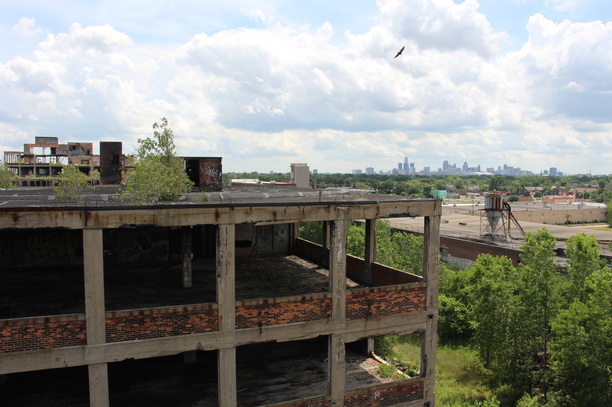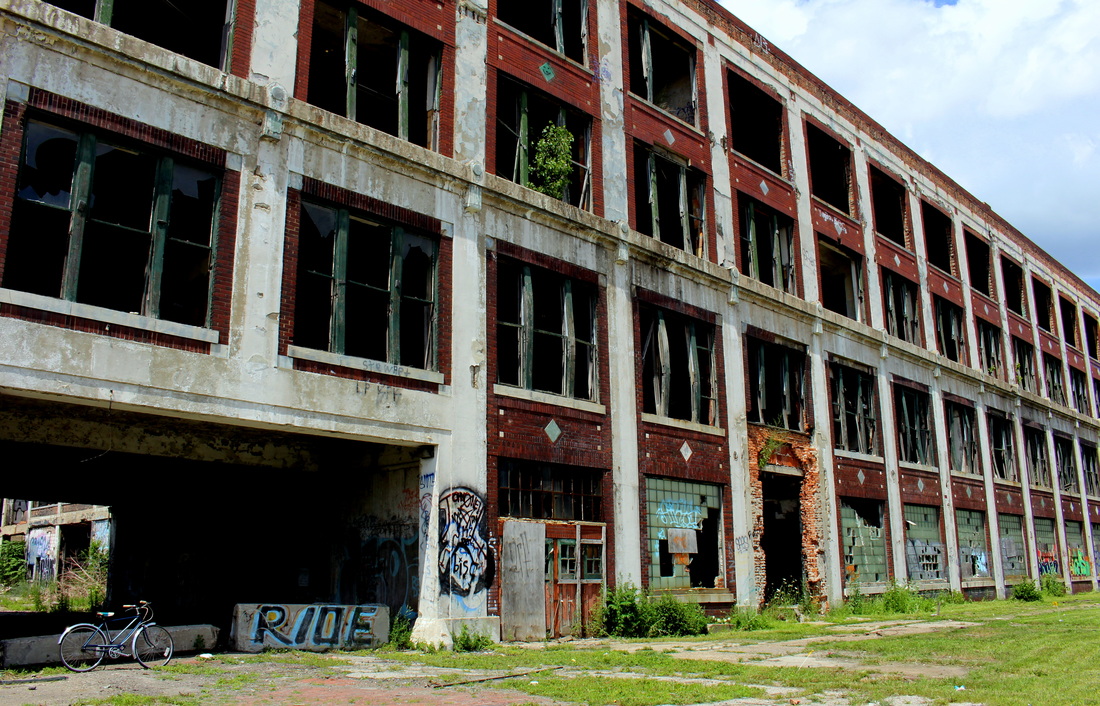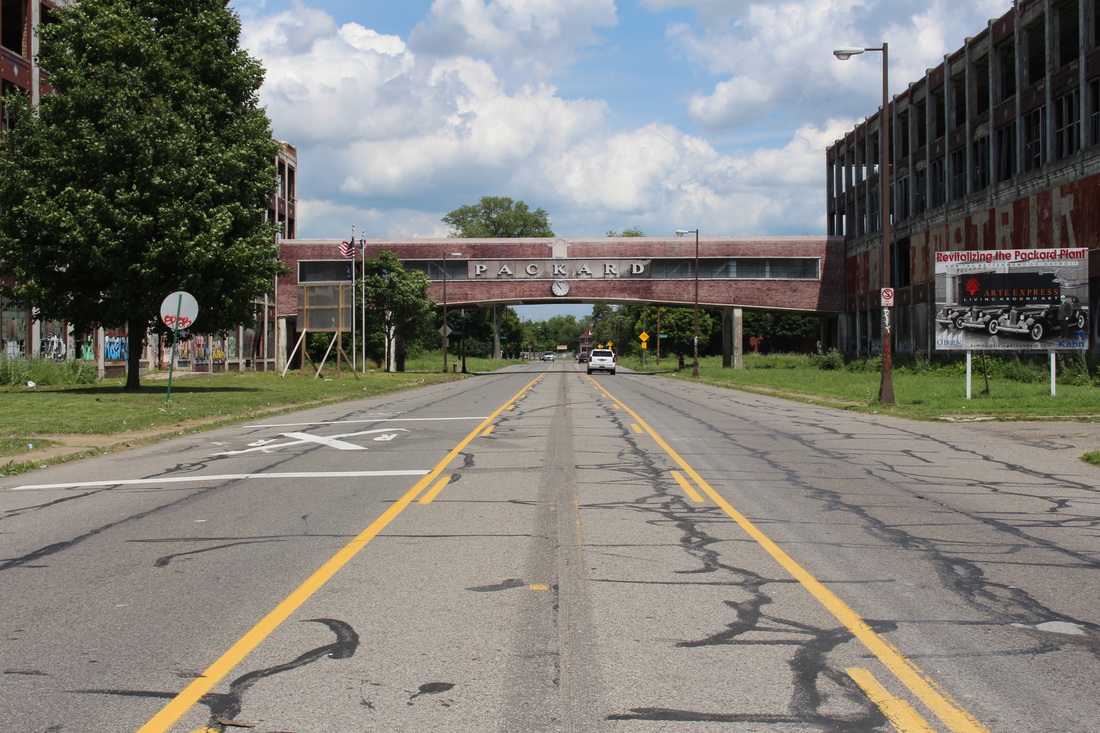"Something always attracts us towards the ruins, because ruins remind us of our fundamental problem: the problem of impermanence. Amongst the ruins we see the very end of our road." - Mehmet Murat Ildan | On Sunday, I organized a group to go visit the Packard automotive plant. I should've done my reading up on the plant before going, but I didn't research the origins and story of the luxury car plant until returning home. The Packard plant was built in the early 20th century before becoming the Studebaker-Packard automotive plant and eventually closing its doors as an automotive plant in the 1950s. The buildings then housed other businesses until the 1990s and the plant was abandoned at the end of the 20th century. The last owners of the plant, before the building was foreclosed in the Wayne County property auctions, did not pay property taxes on the lot and let the plant slowly be stripped down, painted over, and lived in. |
I find this debate very interesting because no one is running around Rome calling for the demolition of the Colosseum or the Roman Forum. Does it take time to make Detroit's ruins great and worth saving? Or is it rather a story a of public relations gone wrong? At the DukeEngage academy, we were asked to think about how depict the communities we're serving in and how to do it in a truthful way without perpetuating stereotypes. As a DukeEngage Detroit group, we have seen firsthand how there is so much more to Detroit than vacant lots, abandoned buildings, and urban decay. But all stereotypes are seeded in a small amount of truth. The truth is that the recent ruins in Detroit are still very much a part of the city today. Current city policy still very much revolves around how to fight blight, when to demolish buildings, when to restore them, and how do we fund both of those initiatives.
{Full article about the Packard Plant and its undetermined fate}
Despite the debate on what should be done, a common belief is that something needs to be done. Detroit's ruins cannot be separated from its reputation of decline, no matter what revitalization occurs in Downtown, Midtown, and Corktown. The Packard Plant and other blighted areas are still the tired dominant story in Detroit's PR campaign and will continue to overshadow the already significant progress. If you notice the first picture in this post, you notice the decaying buildings of the Packard Plant are in the foreground, while the Downtown skyline is in the background. This is a symbolic representation of how people view Detroit. I, personally, would like to see the Packard Plant renovated into a new space with as much of the original kept as possible. This plant is a part of Detroit's history, and it's fall into ruin a small part of Detroit's truth that should not be lost. But this small truth should not overpower the many other wonderful things about Detroit and it's history.



 RSS Feed
RSS Feed
